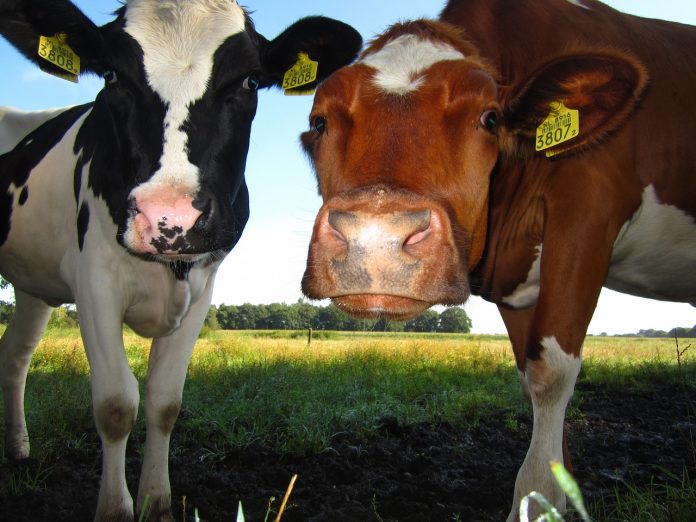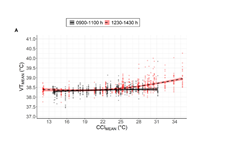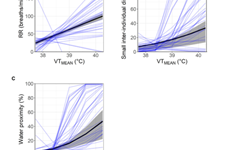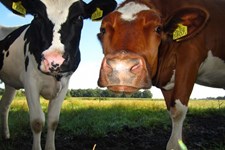News

Dairy Cattle Change Behaviour When Under Heat Stress
Vulnerability of grazing dairy cattle is substantial and quite often it is difficult to provide sufficient shade for the grazing animals. Individual reactions to the heat load can vary greatly between different cows and the climate cannot reflect the actual heat load they are experiencing. One of the concerning factors is that the cows lower their metabolic heat production by reducing feed intake, which in turn lead to losses in milk yield and financial loss for the farmer. The hypothesis a group of scientists put forward in a recent study claimed that: “grazing dairy cows exhibit behavioural changes due to increasing heat load in temperate climate.”
Intra-vaginal temperature measurements
A group of scientists from Switzerland and Germany implanted intra-vaginally 38 black and brown Holstein dairy cows with Star-Oddi micro-T temperature loggers using blank CIDR. The loggers were set to measure vaginal temperature every 10 minutes. The results were compared to temperature measured by a device in the reticulum (one of the four stomach of the cow). The study was performed during two periods in 2018 and 2019. Each year, 24 cows were studied, for a total of 12 experimental periods of 2–3 consecutive days. In total, there were 32 days where each animal was exposed to different levels of heat load.
Reduction in activity and feeding behaviour in grazing animals established
The researchers established a connection between the mean vaginal temperature and mean respiration rate during 12:30 – 2:30 pm indicating the cows were adapting to the heat stress. They also registered reduction in mean walking activity and lying duration.
These elevated heat levels suggest cumulative effects of the heat load over the day, and several behavioural changes could be used to monitor heat stress each individual cow is experiencing. When the mean vaginal temperature was in the range of 37.7–40.3 °C, it was estimated that walking activity decreased by 44%, lying activity by 63%, feeding time decreased by 40%, and rumination decreased by 68%.
From fig. 1 in the article, showing the vaginal mean temperature
Vaginal temperatures are accurate
Vaginal temperature was shown to be more accurate, as the reticular heat might be affected by increased water intake. However, it is not practical to use an intra-vaginal device for long periods of time due to the risk of injury to the vagina.
From fig 3. in the article, showing changes in respiration, distance to next cow and closeness to water source in comparison to body temperature measured in vagina.
Further results can be found in the article published in Animal, the International Journal of Animal Biosciences, which can be found here.


